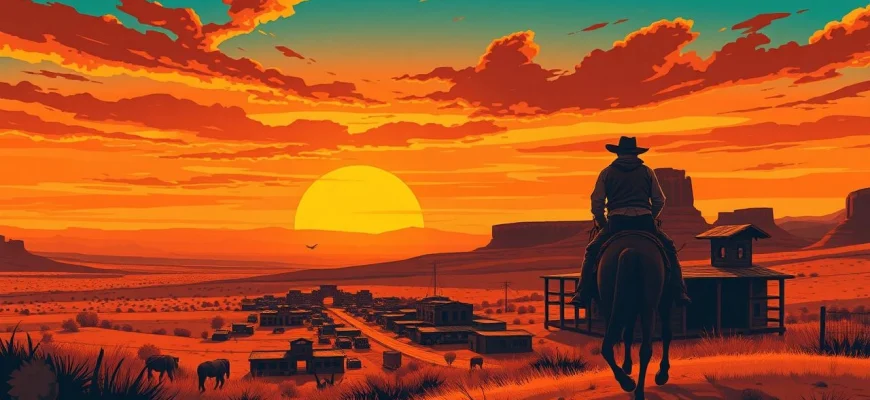If you're a fan of the classic Western anthology series 'Death Valley Days' (1952), you're in for a treat! This article explores 10 movies and TV shows that capture the same rugged charm, historical intrigue, and frontier spirit that made 'Death Valley Days' a beloved staple of its time. Whether you're nostalgic for the Old West or simply love a good tale of adventure and survival, these recommendations will keep you entertained and immersed in the same captivating atmosphere.
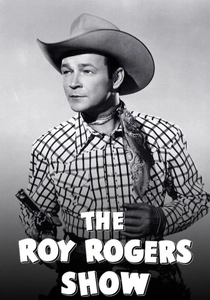
The Roy Rogers Show (1951)
Description: Like 'Death Valley Days', 'The Roy Rogers Show' is a Western that emphasizes family-friendly values and moral lessons. Both shows feature protagonists who are heroic figures, often helping others in need. The episodic storytelling and focus on justice are also comparable. 'The Roy Rogers Show' includes musical numbers, which add a distinctive element to its Western themes.
Fact: Roy Rogers was known as the 'King of the Cowboys'. The show co-starred Rogers' wife, Dale Evans, and his horse, Trigger. 'The Roy Rogers Show' was one of the most popular children's programs of its time.
 Watch Now
Watch Now 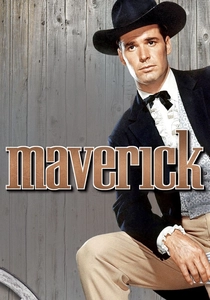
Maverick (1957)
Description: 'Maverick' shares with 'Death Valley Days' a focus on the adventures of a roving protagonist in the Old West. Both shows feature a mix of drama and humor, with 'Maverick' often incorporating more comedic elements. The storytelling style of both shows is episodic, with each episode presenting a new adventure. 'Maverick' also explores themes of justice and morality, though often with a lighter touch than 'Death Valley Days'.
Fact: James Garner, who played Bret Maverick, became a major star because of the show. 'Maverick' was known for its witty dialogue and satirical take on Western tropes. The show was created by Roy Huggins, who also created 'The Fugitive' and 'The Rockford Files'.
 Watch Now
Watch Now 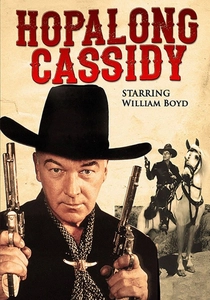
Hopalong Cassidy (1952)
Description: 'Hopalong Cassidy' is similar to 'Death Valley Days' in its focus on the adventures of a heroic figure in the Old West. Both shows emphasize moral values and justice, with the protagonist often helping those in need. The episodic storytelling and visual style of both shows are also comparable. 'Hopalong Cassidy' was one of the first Westerns to gain widespread popularity on television.
Fact: Hopalong Cassidy was originally a character in a series of novels. The show starred William Boyd, who became synonymous with the character. 'Hopalong Cassidy' was one of the first TV shows to be marketed with merchandise, including lunchboxes and toys.
 Watch Now
Watch Now 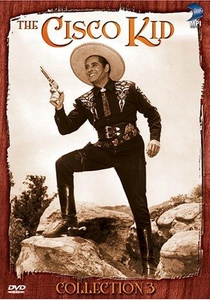
The Cisco Kid (1950)
Description: 'The Cisco Kid' shares with 'Death Valley Days' a focus on adventure and justice in the Old West. Both shows feature roving protagonists who help those in need, often with a sense of humor. The episodic format and moral themes of both shows are also similar. 'The Cisco Kid' is notable for its portrayal of a Latino hero, which was rare for the time.
Fact: The Cisco Kid was originally a character in O. Henry's short stories. The show was one of the first to be filmed in color. Duncan Renaldo, who played Cisco, was actually Romanian, not Latino.
 Watch Now
Watch Now 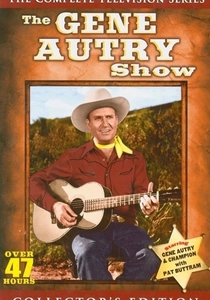
The Gene Autry Show (1950)
Description: 'The Gene Autry Show' shares with 'Death Valley Days' a focus on the values of the Old West, such as honesty, bravery, and justice. Both shows feature protagonists who are role models, often helping those in need. The episodic format and moral lessons of both shows are also similar. 'The Gene Autry Show' incorporates musical elements, which add a unique flavor to its Western storytelling.
Fact: Gene Autry was a famous singing cowboy before starring in the show. The show was one of the first Westerns to be filmed specifically for television. Autry's horse, Champion, became a star in his own right.
 Watch Now
Watch Now 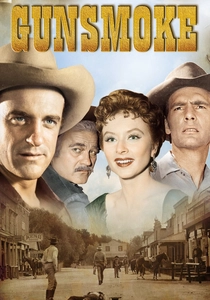
Gunsmoke (1955)
Description: Similar to 'Death Valley Days', 'Gunsmoke' is a Western series that focuses on the law and order in the American frontier. Both shows depict the challenges of maintaining justice in a rugged and often lawless environment. 'Gunsmoke' shares the episodic storytelling style of 'Death Valley Days', with each episode presenting a self-contained story. The show also features strong moral themes, a hallmark of Westerns from this era.
Fact: 'Gunsmoke' is one of the longest-running primetime dramas in U.S. television history, airing for 20 seasons. The show was originally a radio drama before transitioning to television. James Arness, who played Marshal Matt Dillon, was recommended for the role by John Wayne, who turned it down himself.
 Watch Now
Watch Now 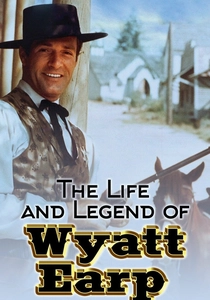
The Life and Legend of Wyatt Earp (1955)
Description: This show shares with 'Death Valley Days' a focus on historical figures from the Old West. Both shows dramatize real events and people, blending history with entertainment. 'The Life and Legend of Wyatt Earp' also features strong moral themes and a commitment to justice, similar to 'Death Valley Days'. The visual style of both shows emphasizes the rugged beauty of the Western landscape.
Fact: Hugh O'Brian, who played Wyatt Earp, met the real Wyatt Earp as a child. The show was one of the first to portray Earp as a heroic figure. 'The Life and Legend of Wyatt Earp' was one of the highest-rated shows of its time.
 Watch Now
Watch Now 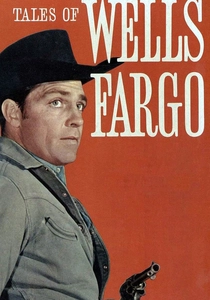
Tales of Wells Fargo (1957)
Description: 'Tales of Wells Fargo' is similar to 'Death Valley Days' in its focus on the challenges of life in the Old West. Both shows feature protagonists who are involved in the protection and transportation of goods and people, highlighting the dangers of the frontier. The episodic storytelling and moral themes of both shows are also comparable. 'Tales of Wells Fargo' often delves into the personal stories of its characters, much like 'Death Valley Days'.
Fact: The show starred Dale Robertson as Jim Hardie, a Wells Fargo agent. 'Tales of Wells Fargo' was one of the first Westerns to be filmed in color. The show was based on real-life events involving the Wells Fargo company.
 Watch Now
Watch Now 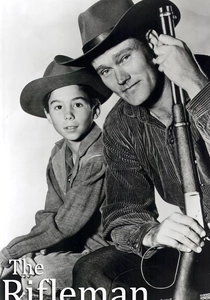
The Rifleman (1958)
Description: Like 'Death Valley Days', 'The Rifleman' is a Western that combines action with moral lessons. Both shows feature protagonists who are skilled with firearms but use their abilities responsibly. 'The Rifleman' also shares the episodic format of 'Death Valley Days', with each episode presenting a new challenge for the main character to overcome. The show's focus on the relationship between a father and son adds a familial element that is sometimes present in 'Death Valley Days'.
Fact: The show's star, Chuck Connors, was a professional baseball player before becoming an actor. The rifle used by Lucas McCain was a modified Winchester Model 189'The Rifleman' was one of the first TV shows to feature a single parent raising a child.
 Watch Now
Watch Now 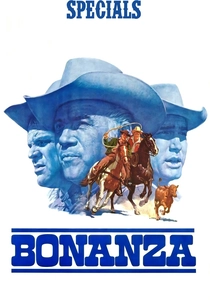
Bonanza (1959)
Description: 'Bonanza' shares with 'Death Valley Days' a focus on family and community in the Old West. Both shows explore themes of loyalty, justice, and the struggle to build a life in a harsh environment. 'Bonanza' also features a strong moral center, with the Cartwright family often helping those in need, similar to the altruistic characters in 'Death Valley Days'. The visual aesthetics of both shows highlight the vast, untamed landscapes of the American West.
Fact: 'Bonanza' was the first Western to be filmed in color. The show's theme song, 'Bonanza', became a hit single. The Ponderosa Ranch, the Cartwright family's home, was a real location in Nevada and became a tourist attraction.
 Watch Now
Watch Now 
